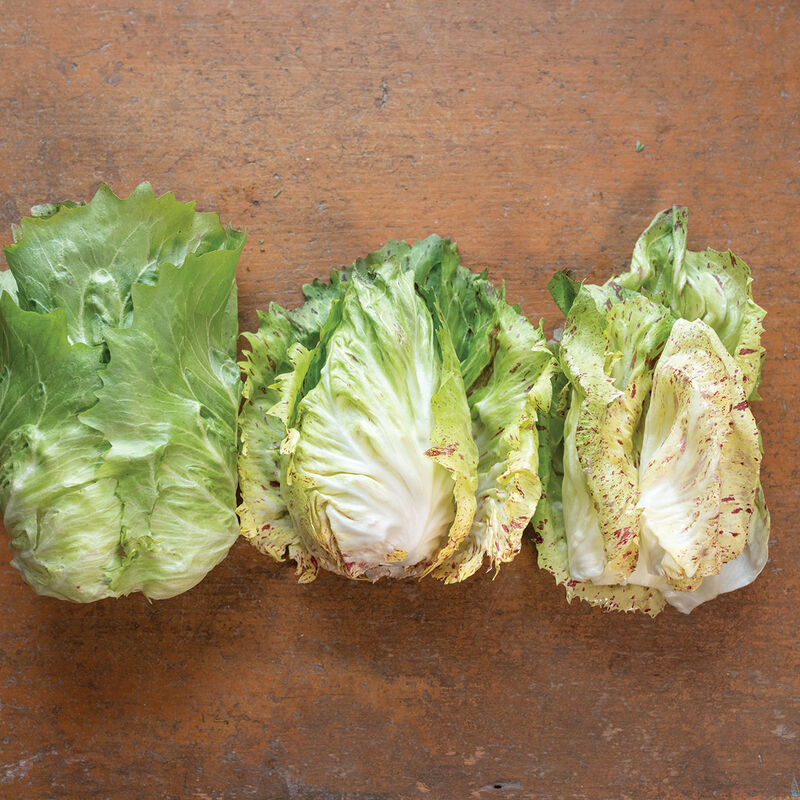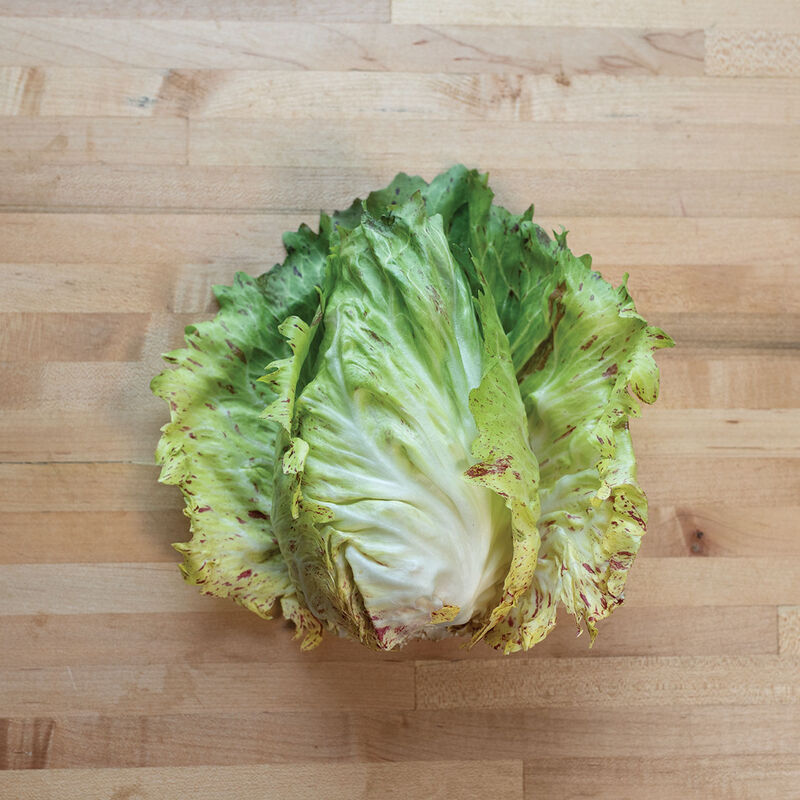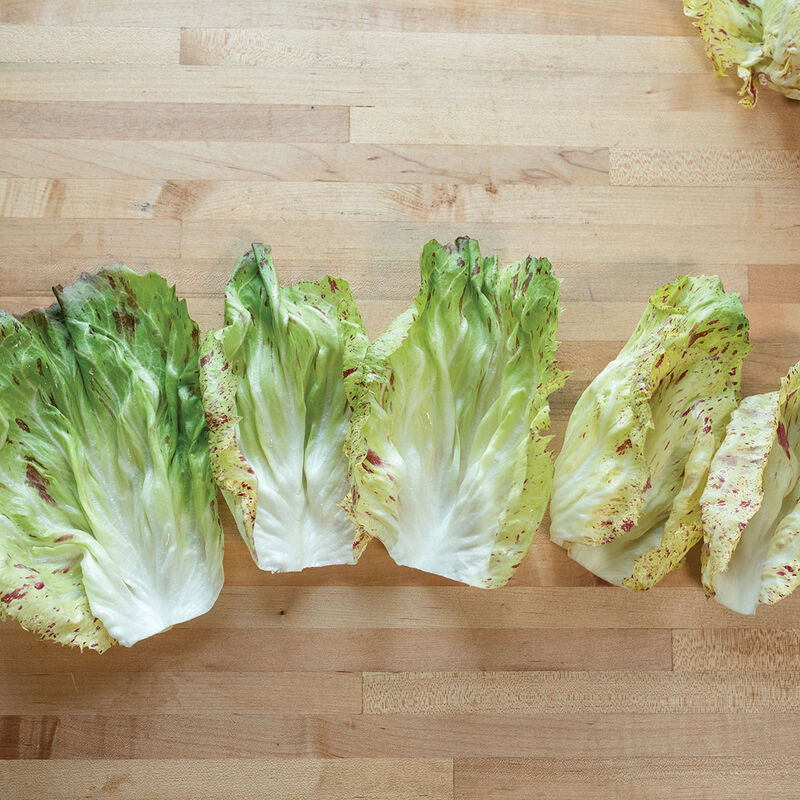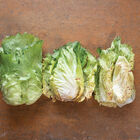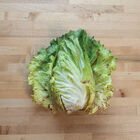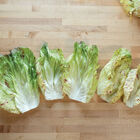Giorgione Radicchio Seed
Giorgione Radicchio Seed
Early, pear-shaped heads.
Dense, compact Castelfranco type. Attractive internal speckling intensifies in fall and is sometimes visible on wrapper leaves. Speckling and leaf shape can be variable, but Giorgione is reliably early and holds well in the field. Unlike the milder Bel Fiore, Giorgione balances classic chicory bitterness with pleasant sweetness, especially in fall.Specs:
SCIENTIFIC NAME:
Cichorium intybusCULTURE: For North American production, these varieties are vast improvements over older types, but are still not perfectly uniform or completely predictable. Although bred for specific seasons, it is still best to trial more than one variety, using succession plantings to determine which one suits your conditions. Radicchio is hardy and can be planted as early as the soil can be worked. It is a cool weather crop and grows best at temperatures of 60-65°F (15.5-18.3°C). Careful variety selection is important for hot weather plantings. NOTE: Radicchio grows best in cool or mild weather, i.e. fall, winter, and spring. Summer crops can be successful if nights are cool (below 60°F/16°C).THERMAL DORMANCY: Radicchio seed can enter thermal dormancy when exposed to high temperatures above 77°F (25°C). Optimum germination results at soil temperatures of 60-68°F (15.5-20°C). TRANSPLANTING: Sow in flats, 4 seeds/in., or in 3/4" plug trays, barely covering seeds with fine vermiculite, 3-4 weeks before transplanting outdoors. Shade the flats on sunny, warm days if necessary to keep the soil surface cool, below 75°F (24°C), until germination. If sowing into flats, transplant 1-2" apart into flats, pots, or cell-type containers about 2 weeks later. Harden seedlings by reducing water and temperature for 2-3 days before planting outdoors. Properly hardened transplants can survive temperatures as low as 20°F (-6°C). Transplant 8" apart in rows 18" apart. Transplant shallowly so that the base of the plant will be slightly above the soil to discourage bottom rot.DIRECT SEEDING: Seeds will germinate from 41-85°F (5-29°C), but the highest germination percentage will occur around 75°F (24°C), depending on the variety and seed lot. Sow seeds 1" apart, rows 12-18" apart. Cover seed lightly, about 1/8", and firm soil gently. Thin to 8" apart; thinnings may be transplanted. Dry soil must be watered to ensure coolness and moisture, and for uniform germination.DAYS TO MATURITY:
From date of cool weather/spring transplanting. Subtract 10-14 days for warm weather/late spring/early summer transplanting. Add about 14 days for direct seeding.AVG. DIRECT SEEDING RATE: 1M/220', 5M/1,100', 10M/2,200', 131M/acre at 3 seeds every 8" in rows 18" apart.SUCCESSION PLANTING: Sow every 3 weeks for a continuous supply of fresh radicchio. TRANSPLANTS: Avg. 500 plants/M (2 seeds per cell thinned to one seedling).SEEDS/OZ.: See individual varieties.PACKET: See individual varieties.Johnny's is committed to your success, every step of the way.
We want you, our customer, to be 100% satisfied with all of our seeds, tools, and supplies.
If anything you purchase from us proves unsatisfactory, we will either replace the item or refund the purchase price.


